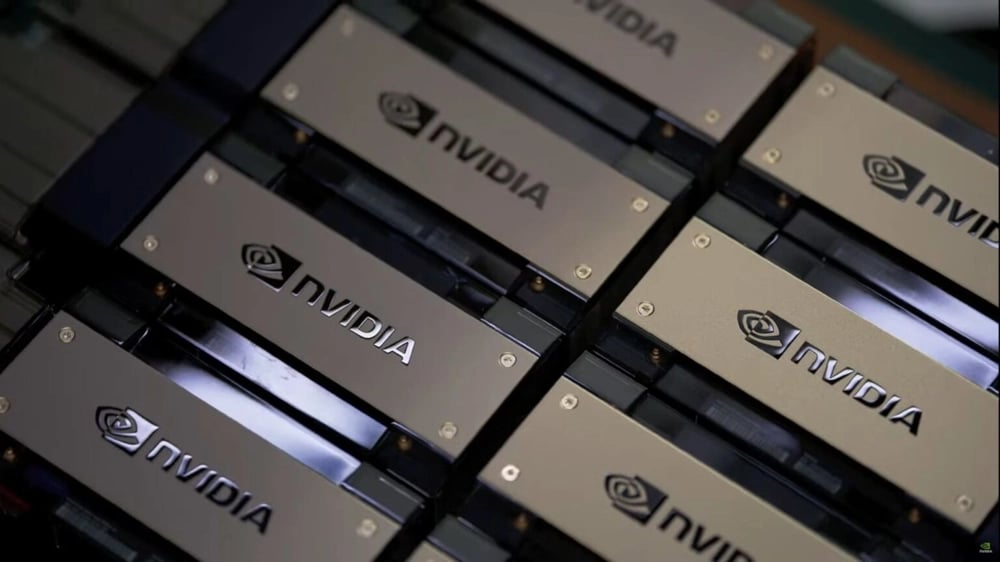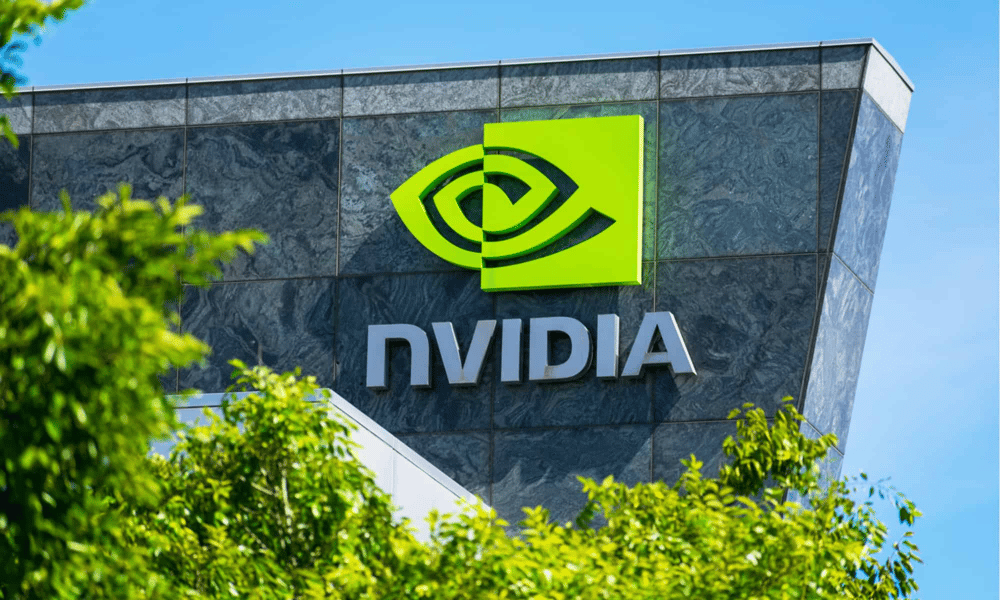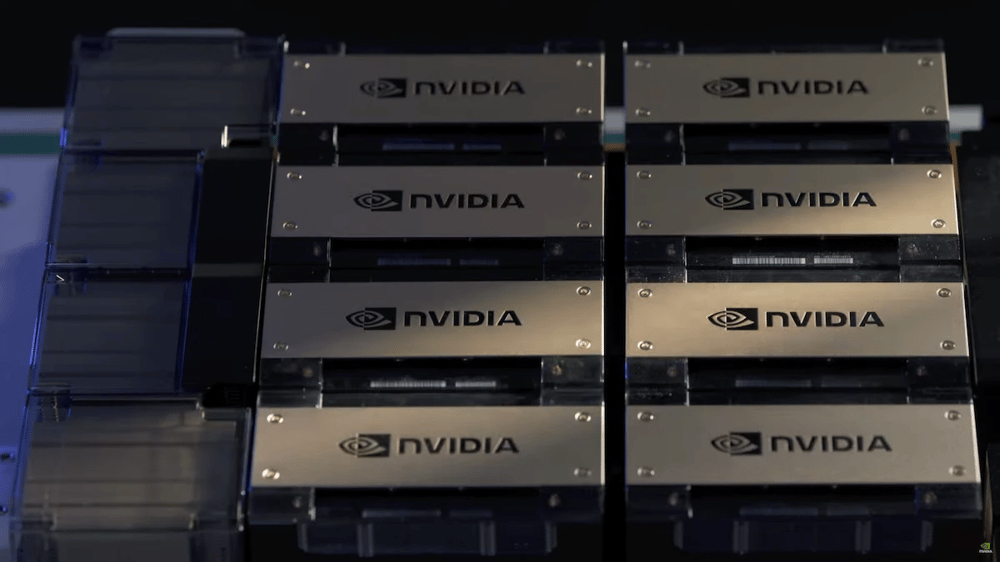In recent weeks, analysts have turned their attention to Nvidia H20 chips, designed for the Chinese market. Despite rumors of potential easing from the U.S. Department of Commerce, experts continue to anticipate significant restrictions on these new graphics processors.
What is Nvidia H20?
Nvidia H20 is a flagship graphics processor created with regard to the export restrictions imposed by the U.S. government. This chip represents a scaled-down version of the H100 with limited performance, designed to remain below a specified threshold in teraflops per square millimeter. The main goal of creating this model is to comply with U.S. requirements, allowing Nvidia to offer its technology in the competitive Chinese market without exceeding established limits.
Performance and Analysts' Expectations
Analysts from Morgan Stanley noted that the performance of the Nvidia H20 is approximately 75% lower than that of the H100. This significant reduction in performance raises questions about the attractiveness of the H20 for consumers and companies in China. The main reasons for this skepticism include:
Market competition: The Chinese market for graphics processors is already saturated with similar offerings from local companies that are not bound by performance restrictions.
Integration challenges: Companies that use powerful GPUs have specific needs that a simplified version may not meet.
Sanction uncertainties: The unpredictability of further actions by the U.S. regarding supplies to China adds additional tension.
Despite Nvidia’s optimistic claims that the H20 will serve as a solution for the "highly competitive space", many experts remain skeptical.
Possible Consequences for Nvidia
Restrictions on H20 supplies in China could have several serious consequences for Nvidia. Key impacts include:
Decline in revenue: A limited number of sales in China could reduce Nvidia's overall revenue, adversely affecting its financial performance.
Increased market share for competitors: Local graphics processor manufacturers may seize the opportunity and accelerate the adoption of their technologies.
Long-term investment implications: Potential restrictions could slow down prospects for long-term investments in research and development, especially in foreign markets.
Moreover, consumers in China may start turning to alternative manufacturers, leading to significant changes in market structure.
Signs of Possible Easing
Despite the current restrictions, recent media reports suggesting that the U.S. Department of Commerce might reconsider supply regulations still offer some hope for investors and Nvidia. Such an easing could affect several aspects:
Increased supply volumes: Improved standing for Nvidia in the Chinese market could be achieved.
Impact on stock prices: Positive news about easing regulations could promote stock growth and enhance the company's image.
Creation of new partnerships: Simplified regulations may open doors for closer collaboration with Chinese manufacturers.
The situation surrounding restrictions on Nvidia H20 chips in China continues to be tense. Analysts' and experts' expectations remain skeptical, despite potential easing from the U.S. Department of Commerce. This necessitates Nvidia to rethink its strategies and adapt to changing market conditions. Competition, restrictions, and long-term consequences will shape the company's prospects and technology in the coming years.








The implications of this deal may extend beyond mere financial gain, influencing the trajectory of automation technology as a whole.
It's fascinating to see how geopolitical tensions shape technology innovations like Nvidia's H20 chips.